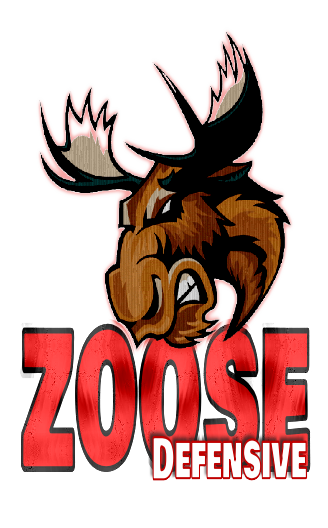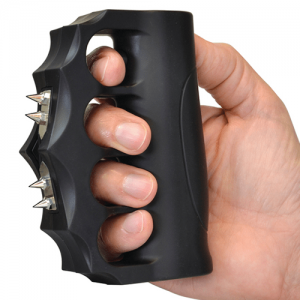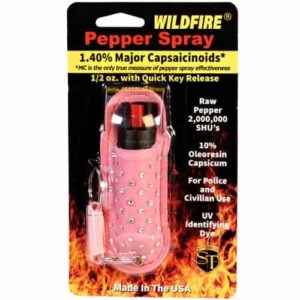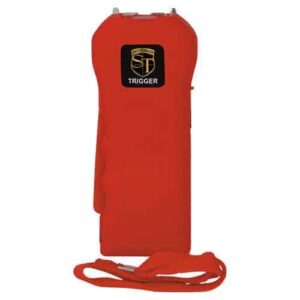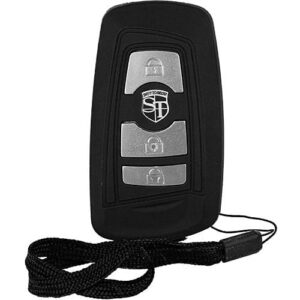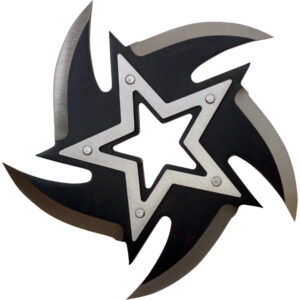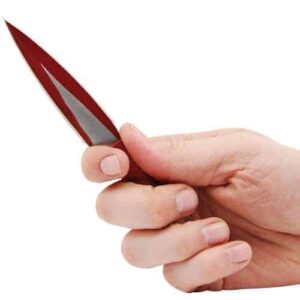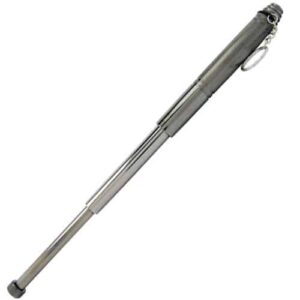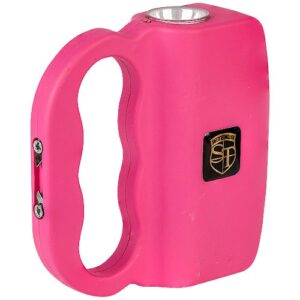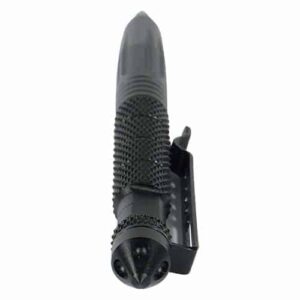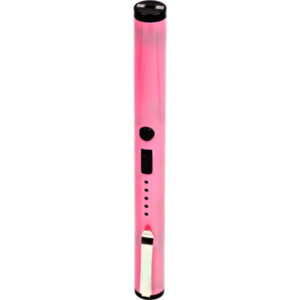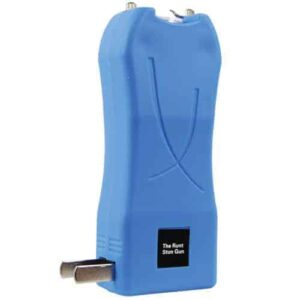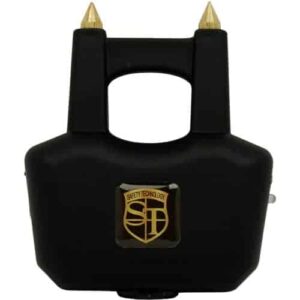Imagine you’re strolling down a supermarket aisle, curious about the world of spicy foods. You likely noticed a measurement marked ‘Scoville Units’ on those fiery hot sauce bottles. Perhaps you felt a thrill, eager to test your taste buds against the high Scoville-rated sauces. Now, consider this – the common pepper spray, a non-lethal self-defense tool, also has a Scoville rating. In this eye-opening article, you’ll get to understand the Scoville level of pepper spray and how it compares to the heat of your favorite spicy dishes. An exciting exploration awaits for your spiciest curiosities.

Table of Contents
ToggleWhat is Scoville Level?
Definition
Scoville level is a unit of measurement that determines the pungency or hotness of chili peppers. It’s named after pharmacist Wilbur Scoville, the brain behind the eponymous Scoville Organoleptic Test, and was created in 1912.
How is it measured?
Originally, the Scoville Scale was based on the Scoville Organoleptic Test, a seemingly simple concept where a diluted sugar-water solution was used to taste-test the heat of a pepper. In this process, the pepper or pepper extract was dissolved in alcohol and then diluted in the sugar-water solution until the heat was no longer detectable to a group of taste testers. The degree of dilution equates to the Scoville Heat Units (SHU).
Why is it important?
The Scoville level showcases the potency of a certain chili pepper or pepper-based product and indicates the amount of capsaicin present in it. Capsaicin is a chemical compound that triggers the sensation of burning in any tissue with which it comes into contact. This understanding can help someone prepare for what to expect when consuming a chili pepper or using a product that contains capsaicin, like pepper spray.
Understanding Pepper Spray
Definition
Pepper spray is a self-defense tool that uses capsaicin, the active component in chili peppers, as the key ingredient. This aerosol spray is designed to temporarily incapacitate an attacker by causing severe eye and respiratory irritation.
Components
Pepper spray is primarily made up of capsaicinoids, the most common of which is capsaicin. Capsaicinoids are the compounds that give the peppers their heat. The spray also typically includes an aerosol propellant, which sends the capsaicinoids into the air when the canister is activated.
Importance of Scoville Level
In pepper spray, the Scoville level will determine how potent the spray is and how much of an effect it will have on an attacker. A higher Scoville level means the spray is more powerful. Thus, understanding the Scoville level of a pepper spray is crucial while making a purchase, depending on the level of protection desired.

History of Scoville Scale
Origins
The Scoville scale originated in 1912, created by pharmacist Wilbur Scoville. The Scoville Scale measures the piquant (spicy heat) of chili peppers or other spicy foods, as reported in Scoville Heat Units (SHU).
Wilbur Scoville
Wilbur Scoville was a chemist, award-winning researcher, and professor of pharmacology in the U.S. His unique test for measuring the heat of a pepper, known as the Scoville Organoleptic Test, became his hallmark contribution.
Development of Scoville Scale
Over time, the pure taste-testing methodology of the Scoville Scale was improved upon with the use of modern lab equipment. This advanced method has led to more accurate determinations of pepper heat levels and expanded the list of hot peppers and hot sauces with verified Scoville ratings.
Scoville Level and Heat Perception
How does it relate to heat?
The Scoville level is directly tied to a pepper’s heat because it measures the concentration of capsaicin. This is the chemical responsible for the sensation of heat or burning when you eat a chili pepper. A higher level of capsaicin equates to a higher Scoville level and subsequently more heat.
Heat perception and Scoville Units
The heat perception experienced when consuming something spicy varies between individuals. Some people might find a chili pepper with a high Scoville Unit extremely spicy, while others might handle the heat comfortably.
Factors influencing heat perception
Factors that influence an individual’s heat perception may include their tolerance for spiciness, their familiarity with eating spicy food, and possible desensitization due to regular consumption of such foods. Individual biological factors can play a significant role too.

Pepper Spray Scoville Ranges
Scoville Levels in Common Capsaicinoids
Capsaicinoids are important because they are the components in chili peppers that give them their heat. Typical Scoville Levels for common capsaicinoids range from 2,500 to 16,000,000 SHU.
Comparison of Scoville Ranges in Pepper Sprays
Pepper sprays typically range from about 500,000 to 5,000,000 SHU, but some can reach up to 16,000,000 SHU. This range indicates the variety of potency levels available in self-defense sprays.
Effectiveness of Different Scoville Levels
Higher Scoville levels correspond to more powerful and effective pepper sprays. However, it’s important to remember that a spray’s effectiveness isn’t solely contingent on its Scoville level. The delivery method and accuracy of the spray also play significant roles in its success.
Choosing the Right Scoville Level
Factors to Consider
When choosing a pepper spray, consider your ability to handle the spray and its effects effectively. The product’s overall potency, range, and delivery method should match your comfort level and self-defense needs.
Personal Safety
Ensuring your personal safety is the primary goal while choosing the right Scoville level. A spray that is too potent may present a risk to the user if not handled appropriately. It’s essential to know how to accurately use the spray and manage its effects.
Legality
certain jurisdictions have legal limits on the potency of self-defense sprays, with a cap on the allowed Scoville level or capsaicin concentration. Ensure that your pepper spray aligns with the local laws in your area before purchasing.
Alternatives to Pepper Spray
Natural Pepper Sprays
Natural pepper sprays are derived entirely from pepper plants and utilize the natural capsaicinoids to create the heat effect. They typically have lower Scoville levels but can still be effective for self-defense.
Non-pepper-based Self-defense Options
You could also consider non-pepper-based self-defense products, such as stun guns or personal alarms, which do not rely on capsaicin’s heat-producing effects.
Legal Restrictions on Pepper Spray
In many jurisdictions, pepper sprays are categorized as a weapon, and their possession is regulated. Be sure to fully research the laws in your area regarding the use and possession of pepper spray.
Safety Precautions with Pepper Spray
Proper Handling and Storage
Remember to always use and store pepper spray responsibly. It should be kept out of reach of children and away from heat sources, as it can be highly damaging if misused or mishandled.
Avoiding Accidental Exposure
It’s critical that you know how to use your self-defense spray properly to avoid accidentally spraying yourself. Familiarize yourself with how the spray operates, and be mindful of the direction of the wind when spraying it outdoors.
First Aid for Pepper Spray Incidents
In the event of exposure to pepper spray, it’s significant to know the appropriate first-aid measures. This includes flushing the eyes with water, breathing fresh air, and seeking medical attention if necessary.
Regulations on Pepper Spray
Laws and Regulations by Jurisdictions
Laws and regulations regarding the use, possession, and sale of pepper spray vary widely across different jurisdictions. It’s essential to understand the local laws in your area to ensure that your use of pepper spray adheres to them.
Restrictions on Scoville Level
Some jurisdictions have specific restrictions on the maximum allowed Scoville level or capsaicin content in pepper sprays. This is another factor to consider when selecting a self-defense spray.
Guidelines for Use
Even in places where possession of pepper spray is legal, there may be guidelines for its appropriate use. These might include using it only in self-defense situations, not spraying it at law enforcement officers, and not using it as a weapon to commit a crime.
Conclusion
Summary of Pepper Spray Scoville Level
Pepper spray utilizes capsaicin, the same chemical found in chili peppers, to deter attackers. The Scoville level of pepper spray illustrates its potency and therefore its effectiveness as a self-defense tool.
Importance of Choosing the Right Level
Choosing a pepper spray with the right Scoville level is crucial for personal safety, effectiveness, and compatibility with local laws.
Balancing Personal Safety and Legal Considerations
While it’s important to carry a powerful self-defense tool, it’s equally crucial to ensure that it conforms to legal guidelines while caring for personal safety. Striking a balance between these aspects will help you make the most appropriate choice.
In conclusion, understanding the Scoville level allows us to discern the pungency of not only our food but also the pepper spray we depend on for safety. So, take the time to learn, choose wisely, and stay safe.
